Top 5: Key historical figures of Russia
Every country has its great figures. Characters who will live through centuries and still leave a mark in everyone’s spirit. Even though the vision of their deeds can evolve with time, they still live in our memory. Russian is not an exception and also has its historical figures that all Russians know about (or at least should). Do you know some of them?
- Ivan IV
Also called Ivan the Terrible, even if most Russians will tell you it’s a bad translation (trust me on this don’t even try to argue with them about it). But apart from being quite cruel, like enjoying watching his enemies being tortured, Ivan was a great reformer. By great I mean he tried things, even though it wasn’t eventually successful all the time.
To do his reforms, he needed power. It might be surprising, but even within a monarchy, there were counter powers (mainly nobility and the clergy). So he did something… Special! He simply left Moscow, with a letter saying he would come back only if he could do want he wanted, without being contradicted. And you know the funny part? It actually worked! And so, he did what he wanted, he created a state police called the Oprichnina. The idea was not that stupid, creating an army with lands to finance it and which only answers to the Tsar. But Ivan used it mainly as a way to persecute all the people he thought were his enemy, basically everybody with some power. They were finally disbanded during his reign after they failed to protect against the Crimean Tartars and the Tsar lost faith in their effectiveness.
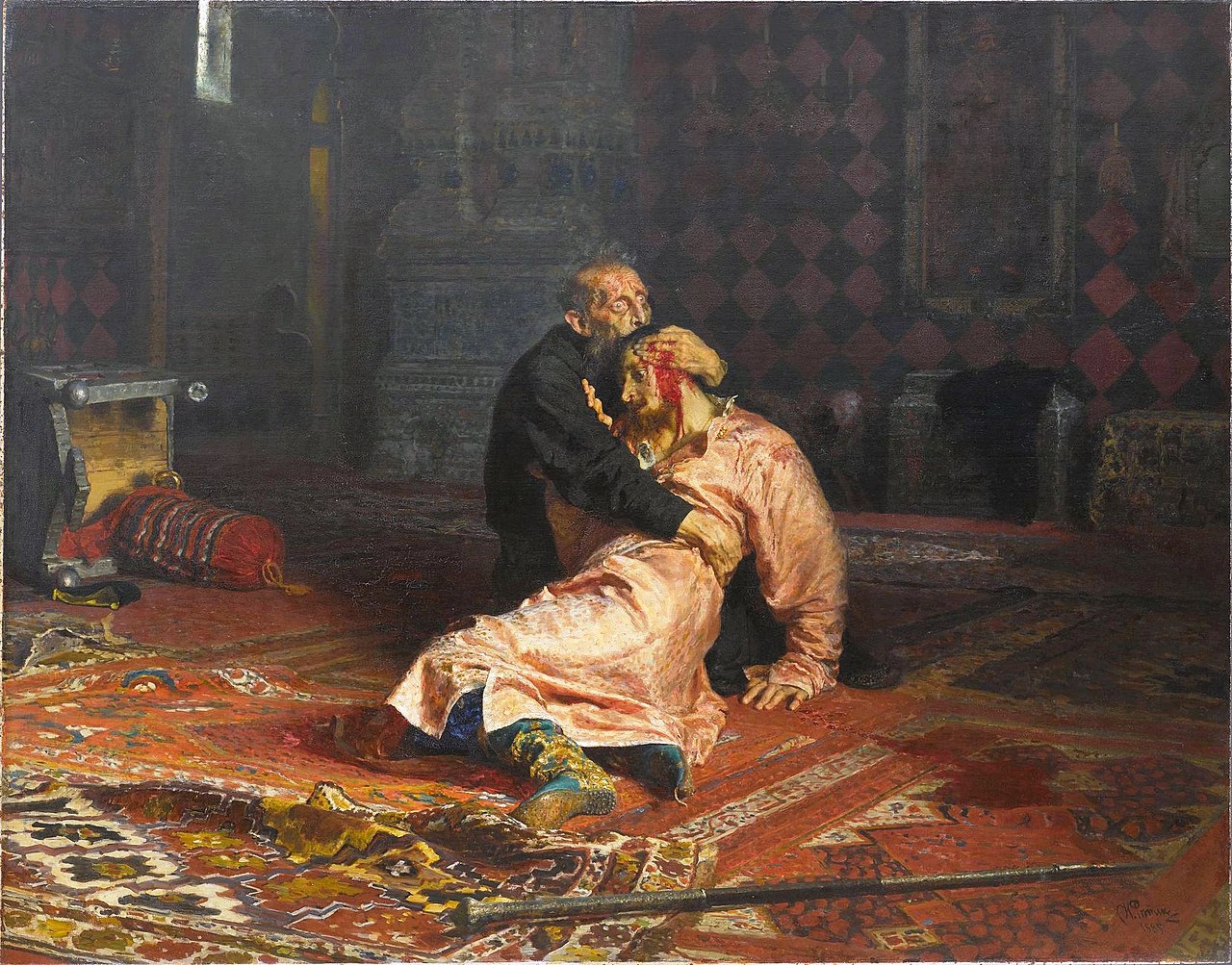
After his death, a very serious succession crisis happened, his children dying without heirs. The time of troubles, as it’s known, was a real mess of kings, false kings, treasons… If you liked Game of Thrones you will like it!
- Peter The Great
Just by the name, you know this guy did something extraordinary. Indeed, he was quite the guy, who started his career as a Tsar he ended up as an emperor. He is the one who modernized Russia to make it become a great power, gave it a Navy and created a city that bears his name and is one of the biggest and most beautiful city of Russia, St Petersburg.
Born from the second wife of his father, he started as a co-Tsar with his brother Ivan V. He was the favorite of the Russian nobles but his stepsister Sophia didn’t agree with that. She had both of them crowned and took power as the regent. Peter grew up in a village near Moscow where he liked to play war games with real regiments. That regiment will become the core of its guard that helped him taking power from his sister.
He formed an embassy and went to all the European countries to form alliances and study the way of life, science, culture… He even worked incognito in a shipyard to learn about shipbuilding. His embassy was shortened by a revolt of the Streltsy, a Russian military corps that previously allied with his sister
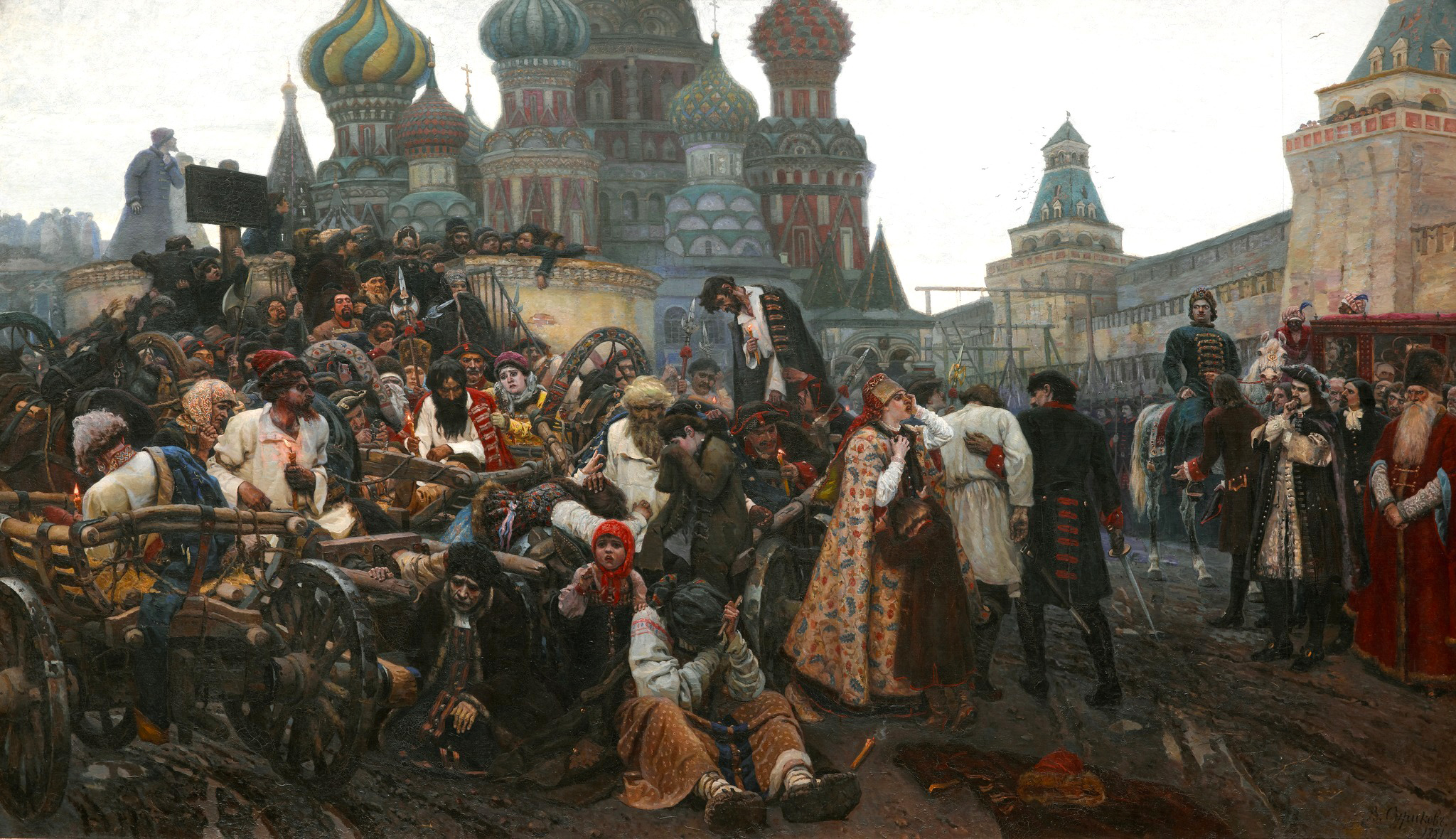
Nevertheless, his reign was also brutal and bloody. He fought for twenty years in the great northern war against the very talented Swedish King Charles XII (but defeated him in the end, he is still Peter the Great), the construction of his new capital cost hundreds of thousands of workers’ life, had to fight different revolts and maybe the worst, had his own son beaten to death because he disagreed with his father’s new ideas. His modernization effort often met resistance that he would drown in blood.
- Alexander Pushkin
Considered by many as the greatest Russian poet (or at least one of the best). Alexander Pushkin is also known to be the father of modern Russian. Combining elements from the Grammar written by Lomonosov and the old Slavonic language, mainly used during Religious ceremonies, he also added different loan words, words taken from other languages. With his novels, he popularized the use of this way of speaking and also gave some of the most beautiful pieces of art, like the novel Eugene Oneguine, later adapted into an opera. Russian language evolved and is still evolving, but he is the one who was able to unite the different influences of Russian and built the base of the modern Russian language.
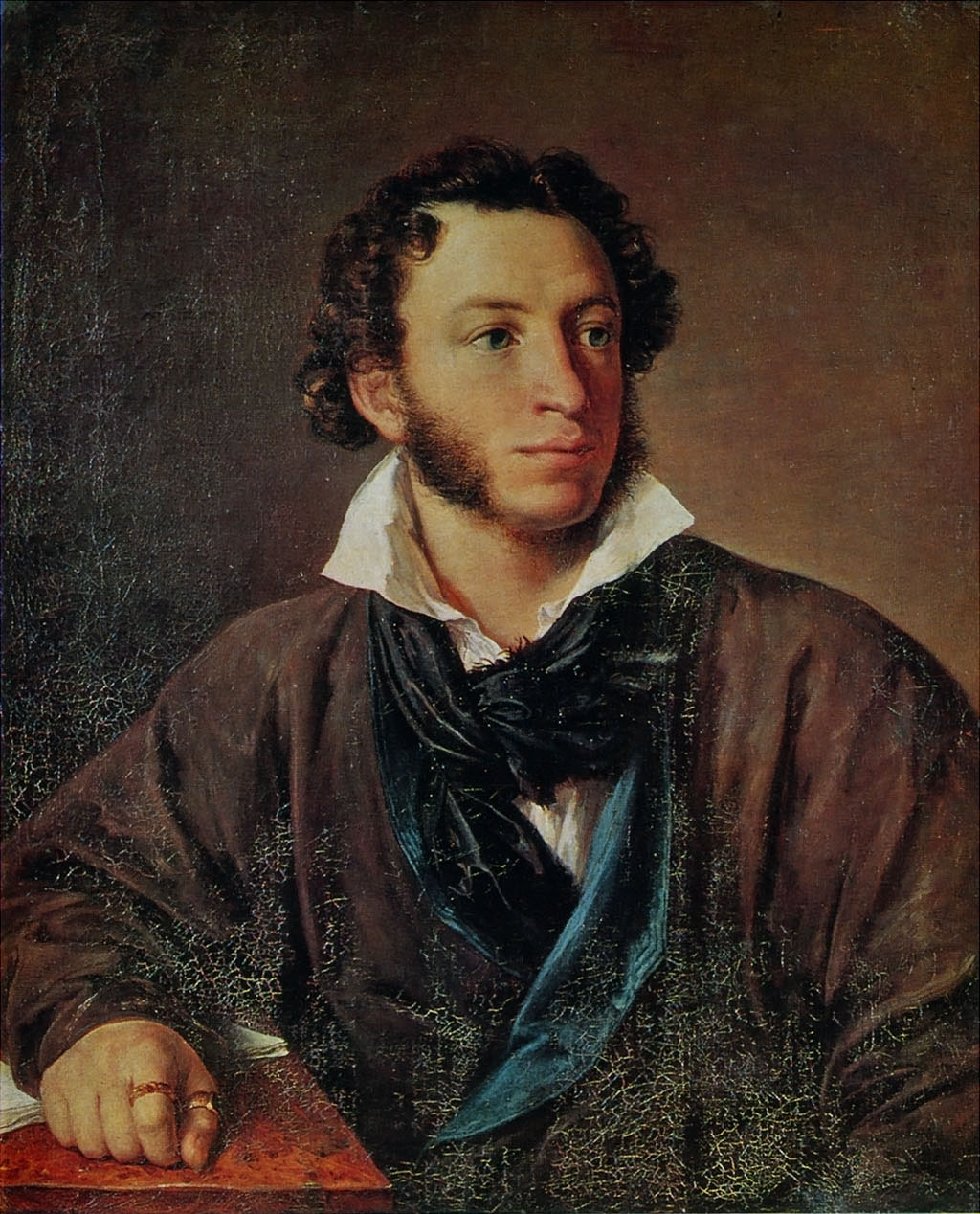
His grandfather was Abraham Petrovich Hannibal, an African slave bought as a child by Peter the Great (remember him?) and raised as a noble. He occupied several important positions like governor of Tallinn.
- Lenin and Stalin
Not to be mistaken with Lenon and Stalone… Badam Tsum! (Please don’t judge me on this joke). Let’s cut the joke, those two really had a very (very, very) big impact on Russia, describing here all they did and their consequences would take us hours if not days! I suppose most of you already know more or less who they are and what they did. So I’ll tell you about what is left of them, especially how they are seen by Russians nowadays.
What I know, is that Russians are very divided on the matter. Some see them as cruel monsters who destroyed and killed for an ideology, other as savors who did what was necessary to save and transform Russia. You might think that only elderly people, the ones who grew under the Soviet regime, are the most enthusiast about USSR. Well, it’s kind of true, but not only, I personally met a student who claimed to be a Stalinist, it’s quite surprising I have to say. Even if there are very few statues of Stalin (they were all taken down during Khrutchev period) you can still see his face on some flags. He is still a strong symbol of hope for some people. As for Lenin, it’s a bit different, there are still many statues of Lenin in different towns in Russia and sometimes in the former Soviet Union. By the way, you can still see his mummy in its mausoleum on the Red Square (for free). I think it’s the sign that Russians aren’t completely done with this part of their past.
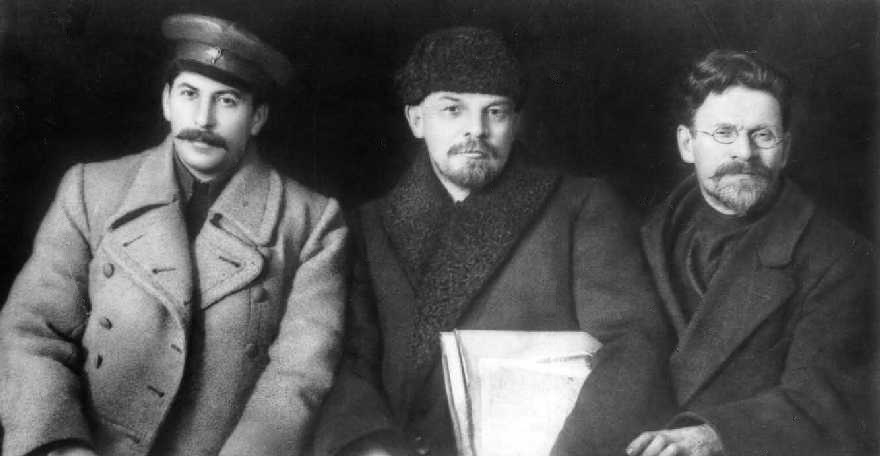
- Andreï Sakharov
Last but not least, Andreï Dmitrievitch Sakharov, a Russian great physicist that worked for the Soviet Nuclear program and was awarded a Nobel Peace price! Yes, you read it well, a Nobel PEACE price! But how? Don’t worry, I will tell you :).
Probably one of the greatest physicists of his time, Sakharov is one of the inventor of different civil Thermonuclear devices (for example the Tokamak system, still used today for the fusion reactor project ITER). He also worked in the military sphere, with his team they designed the most powerful bomb to ever detonate on earth (Tsar Bomba). He then started to realize the threat of the nuclear arms race. He began to criticise the government politics and wrote essays that were often distributed illegally. In the same time, he continued to work on problems about physics especially cosmology, and enounce the “Sakharov conditions” to explain the unbalance between matter and anti-matter (Quantum physics and stuff). But it is his activities as a Human-right activist and standing against the Soviet power led him to be awarded the Nobel Peace Prize. After protesting against the Soviet intervention in Afghanistan he was arrested and sent to exiled (he avoided Gulag due to his academician status).
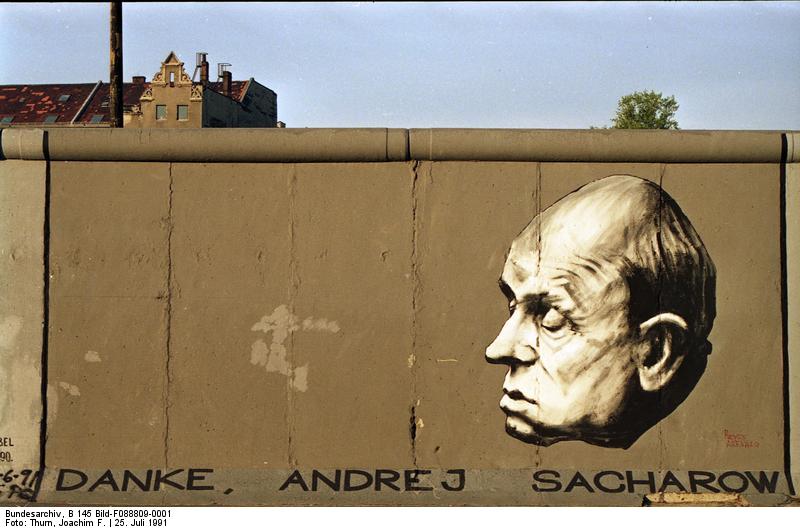
Source: Bundesarchiv
His exile ended with the arrival of Mikhail Gorbachov and his political reforms (Glasnost and Perestroika). Sakharov then started his political career and became one of the leaders of the democratic opposition. He continued to fight for Human-Rights until his unexpected death in 1989.
You want to discover Russia? Booked your own private guide on Tsar Visit!







